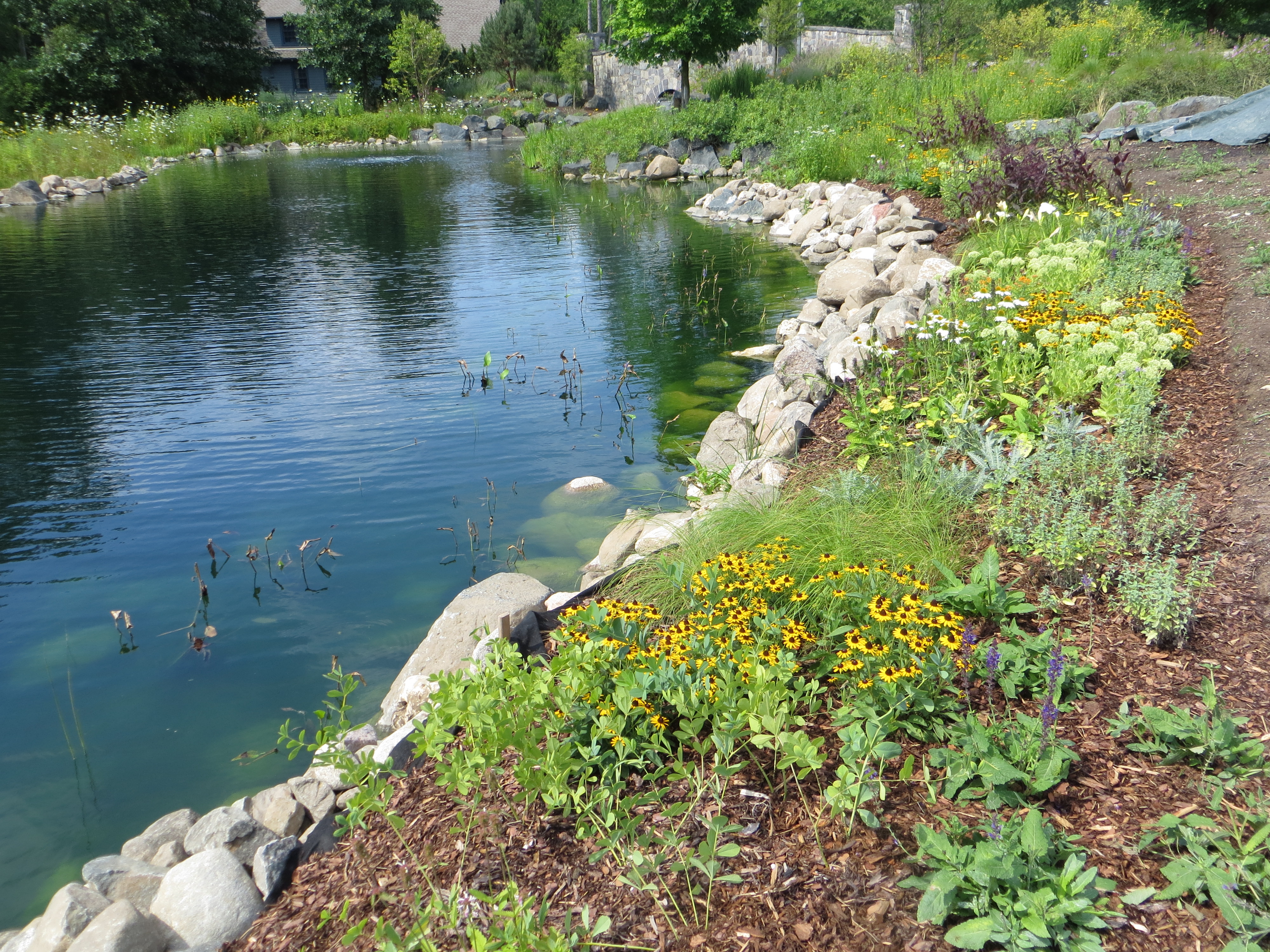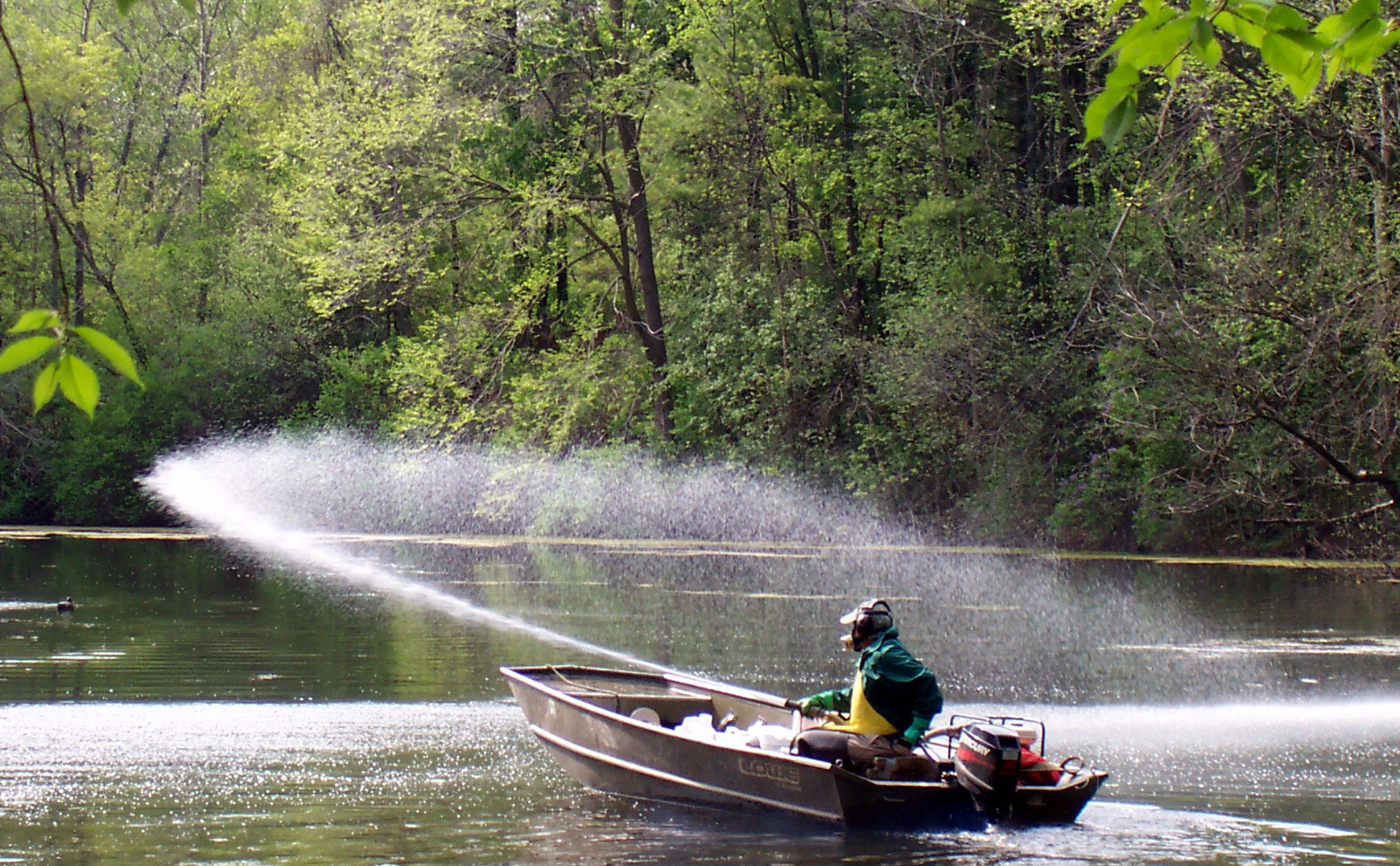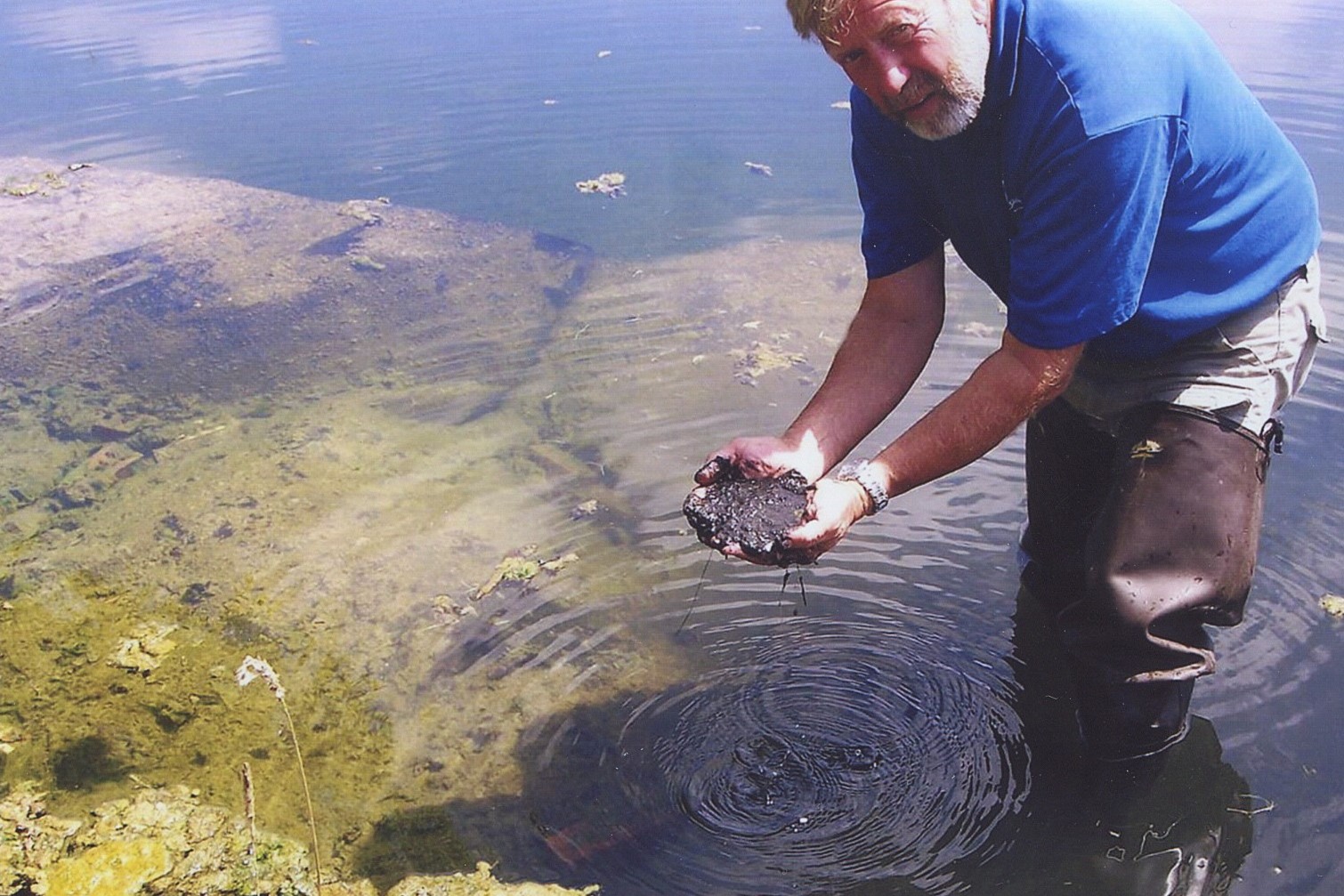On-Site Consulting to Maximize Your Waterbody's Potential
ABI's on-site consultations are a sound investment considering the money you save by taking advantage of our experience and efficient construction methods. You can compare our fee to what a Landscape Architect charges. If we do not believe we can give you a better habitat value, we will tell you. For instance, if you want a muddy pond to water livestock, you do not need our help. If your dream is an aesthetically beautiful and natural aquatic habitat with minimal maintenance, we can get you to your goal. This page describes the services our staff can provide during your on-site consultation.
Not all pond owners require our full consultation services but may have a quick question regarding an issue with their pond, lake, or water garden and need to be pointed in the right direction or need a second opinion. While we attempt to be as detailed as possible, we can only provide general answers to your pond questions without spending time learning about your unique system. If you are interested in our services, please complete the following form so that we can better assist you.
Water Quality Monitoring
The first step in determining the overall health of your lake or pond is testing the water quality. Lake and pond owners should have the water quality analyzed in the spring and late summer. A basic water quality monitoring program will include the following components: Dissolved Oxygen, Temperature, pH, Alkalinity, Total Phosphorus, Nitrate plus Nitrate, Ammonium & Organic Nitrogen.

Aquatic Plant Surveys
Mapping of the dominant plant species helps determine biodiversity, general health of the lake or pond, and changes over time. ABI conducts aquatic plant surveys and informs the client if there are non-native, invasive plant species present and how this problem can be remedied.
Erosion Control
Erosion is unsightly and speeds up eutrophication (the aging process of your aquatic ecosystem) by adding large amounts of sediment reducing water depth and promoting algae and aquatic weed growth. ABI recognizes 4 methods of erosion control; biological, vegetated armoring, riprap and seawalls. ABI works closely with engineering and excavating firms as the situation warrants.

Lake Studies
Performed whenever more information about a lake, its watershed or the people who use it is needed for current or future lake management. During the course of a lake study ABI may gather information of the lake's water quality, usage, land use, fishery, aquatic life or other data that can affect the quality of the ecosystem.
Fisheries Management Surveys
To determine the necessary steps required to manage your pond or lake, the fish populations should be sampled every few years to determine habitat, species, size, relative abundance and the growth rates. ABI employs four techniques to evaluate the fishery of a water body: electrofishing, seine netting, gill netting and fyke netting.

Permits, Licenses and Public Notices
Often required for projects in aquatic environments. ABI staff can help you determine requirements for your project, provide assistance with paperwork and/or work with an engineering firm if warranted.
Pond & Lake Design
The initial design of pond or lake may be the most important factor in determining the long-term health of the water body. Location, depth, side slopes, watershed influences, containment basins, control structures, water sources and long-term maintenance are important considerations that ABI will address well before any excavation begins.
Sediment Studies
Lakes and ponds accumulate sediment overtime and this influences the water quality. This sediment can be high in nutrients and help contribute to algae growth as well as aquatic plants. ABI collects sediment samples to determine the causes of excessive algal growth along with determining the percent of organic material in the sediment. By determining what percentage of organic material is present or biologists are able to determine what reduction or removal methods will best suit your site.
Water Level Surveys
Lake and pond water levels fluctuate throughout the year depending on precipitation events & potential leakage. It is important to monitor water levels to determine the normal water level and see how the lake/pond reacts to determine if problems are occurring because of fluctuating water levels. During these surveys ABI biologists examine the topography, drainage area & soil content of the site.
Watershed Analysis
Identifies the watershed and quantifies the impact of runoff into the lake or pond. Biologists use this analysis to recommend both long and short-term management plans.
Water / Nutrient Budget
Lakes are designed to have a certain amount of inflows and outflows, but this could be altered as development occurs in the watershed. A water budget determines sources and amounts of inflows based on land use and available data. Once a water budget has been created then a nutrient budget can be made to determine nutrient loading to the lake. Since phosphorus is generally the limiting nutrient in lakes and ponds, the amount of phosphorus loading determines how quickly the lake deteriorates in terms of algae blooms and extensive rooted aquatic plants.


